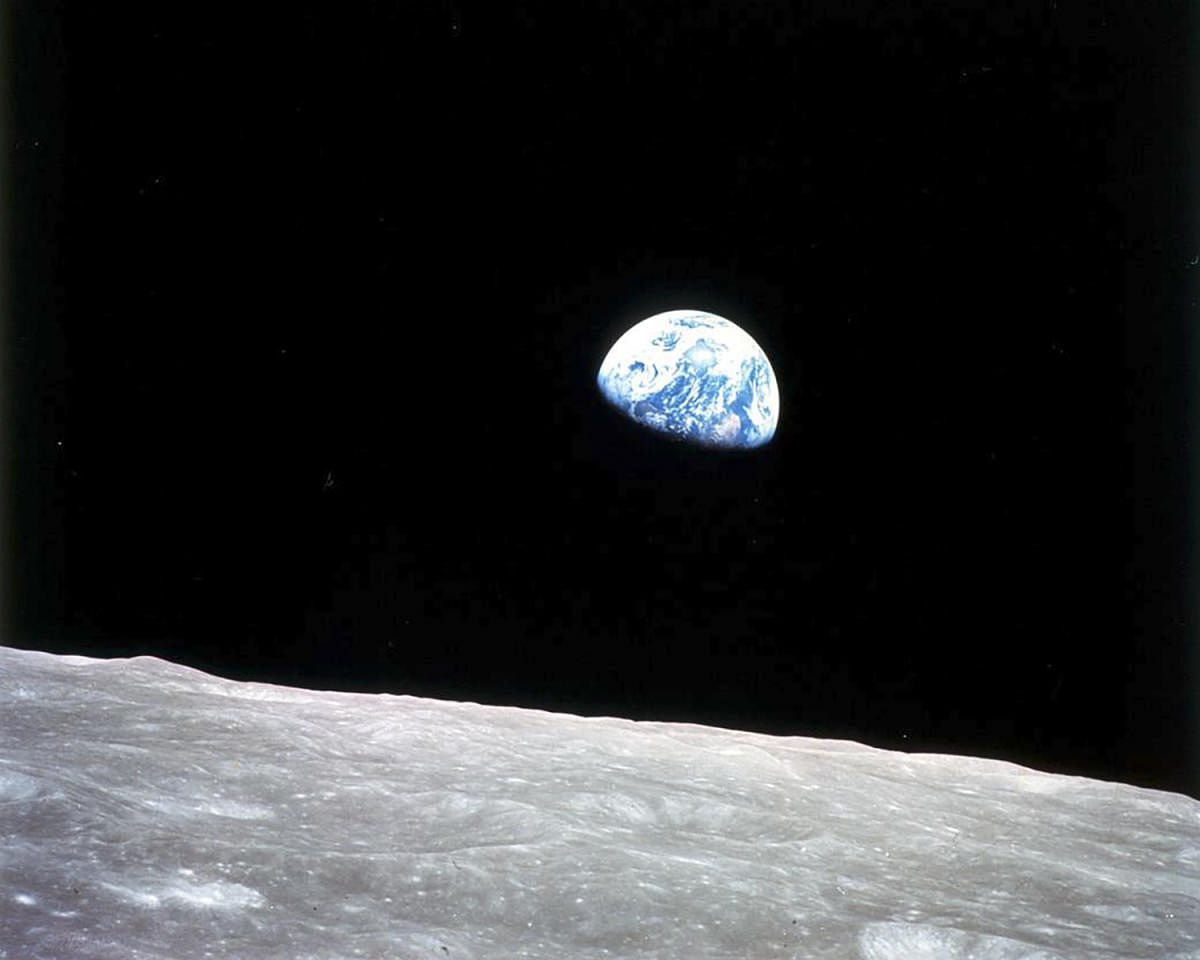India’s second moon mission Chandrayaan-2 being launched by the Indian Space Research Organisation (Isro) will have a key software developed by a startup at its Bengaluru development centre.
Omnipresent Robot Tech, a Delhi-based software and hardware development company, has developed the software for Chandrayaan’s rover imaging and navigational manoeuvre at its development centre in Bengaluru. The software will take charge of the rover once it lands on the moon, a top company official said.
“We have developed ‘Omny3D’ which will help the rover to navigate on the moon’s surface. It will help to identify rocks and obstacles and track the path from one point to another,” Akash Sinha, founder and CEO of Omnipresent, told DH.
On the moon, the rover will find it difficult to move as the surface is rough and dark. The software will help to overcome those hurdles.
Chandrayaan-2, considered to be the “most complex mission”, is scheduled to be launched in January 2019. The window period to launch the emission starts on January 3 and ends on February 16, 2019. The mission will be launched with the help of GSLV Mark-III launcher, according to the Isro.
The Isro didn’t respond to a query sent by DH seeking details of the project.
Omnipresent, a seven-year-old startup with more than 50 members, received the project order after winning a tender from Isro.
“Since the data bandwidth between the moon and the earth would be limited, it will take 10 minutes to send pictures to the ground station. With limited photos, the Omny3D developed by our company can make 3D modelling even in shady texture and complete black,” Akash Sinha said.
The software also helps in the motion planning of the rover. “We will help in its navigation as per the commands from the ground station,” he said.
The company is working closely with the Laboratory for Electro-Optics Systems (Leos), a research lab belonging to the Isro. It involves in the design and development of optics and sensor modules that can be deployed either aboard the satellite or with the launch vehicle.
Initially, the Isro had planned to partner with Russia to perform Chandrayaan-2 and signed an agreement in 2007 to launch the orbiter and lander. As Russia later pulled out of the agreement, the mission got postponed due to technical issues.
